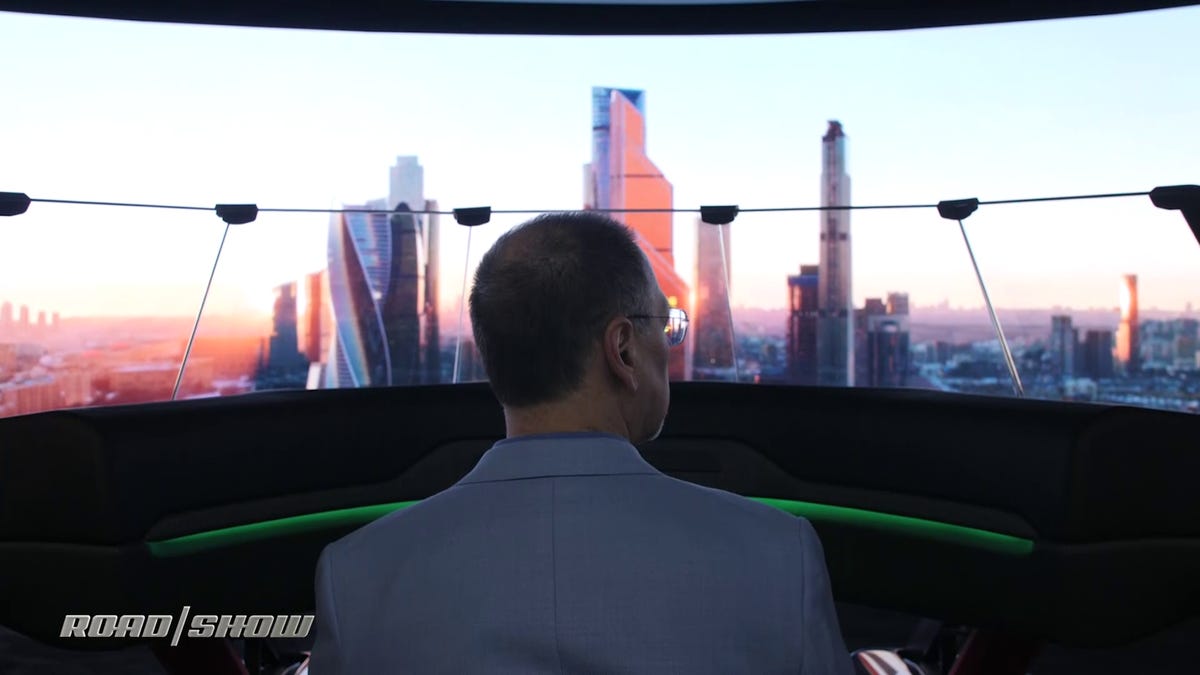WayRay sees the end of the boring car HUD display
There may be no better place than your windshield for augmented reality to prove itself.

I'm a huge proponent of augmented reality taking over our windshields, but so far we've been stuck with mediocre automotive heads-up displays that have more in common with an '80s game console than with the future.
WayRay is trying to change that with a new holographic laser system that is immersive, vibrant and, apparently, more interactive than anything we've seen on a windshield before. Porsche and Hyundai led its latest funding round to the tune of $80 million, and I got a first hand look at what they invested in at CES 2019.
Using a laser projector, instead of the more common DLP technology, and a piece of holographic film in the windshield, WayRay claims they can deliver really bright, saturated text and graphics. That alone is a breakthrough compared to the weak-tea imagery and information projected by today's auto-HUDs. Building labels, directions and relevant calendar information really popped against WayRay's simulated backdrop of a world outside the car. Of course, any controlled demo can make the technology look great, so I'll reserve final judgment until I see this work in a real car on a bright sunny day.
WayRay's laser projector beams AR content up from the dash onto a windshield-embedded piece of holographic film about the size of a sheet of printer paper.
Immersion into that bright imagery is improved by an 11x8 degree view angle that is slightly wider than market leader Panasonic's latest HUD but still a far cry from the immersion found in an AR headset of any kind. WayRay said it will be able to make the entire windshield immersive soon, but that's a big leap to be tackled later.
WayRay's laser projector claims to bring more colorful imagery than today's common automotive HUD does, with a flexibility well-suited for the moving target that is AR.
In an era when everyone seems to be an AI and data company, WayRay is sticking to its hardware knitting. It pitch the system as laser holographic hardware with an SDK to author to it, but don't get into the business of content or visual design; that's left to partners that a carmaker would select. Authoring AR applications for the windshield -- and having the vast data to make them really useful -- will be the heart of the matter: A poorly done automotive AR experience will feel like it blocks the driver's view rather than brings it to life at a glance.

